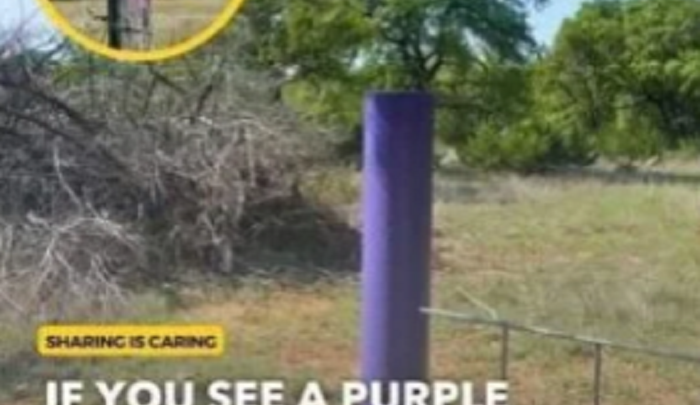Storie
If You See a Painted Purple Fence, This Is What It Means

Understanding the Significance of a Purple Fence
Encountering a purple fence necessitates an understanding of its meaning. Using purple paint to designate property boundaries is not a novel concept. Arkansas took a pioneering step in this direction by enacting “posting paint” legislation in 1989. Presently, nearly half of all U.S. states have purple paint laws in place, though specific regulations may vary. For instance, in Texas, purple paint on posts or trees signifies that the land is off-limits to all trespassers. Conversely, outdoor enthusiasts in North Carolina can traverse such boundaries as long as they refrain from engaging in hunting, fishing, or trapping activities.
States that have enacted purple paint laws encompass Alabama, Arkansas, Arizona, Florida, Illinois, Indiana, Kansas, Maine, Missouri, North Carolina, Pennsylvania, South Carolina, Tennessee, and Texas. Noteworthy exceptions include Idaho and Montana, where orange paint serves a similar purpose. The interpretation of the significance of purple paint varies across states, underscoring the importance of researching local laws and regulations on trespassing.
Potential Encounters with Purple Fencing
Ramifications of Disregarding Purple Paint Laws




